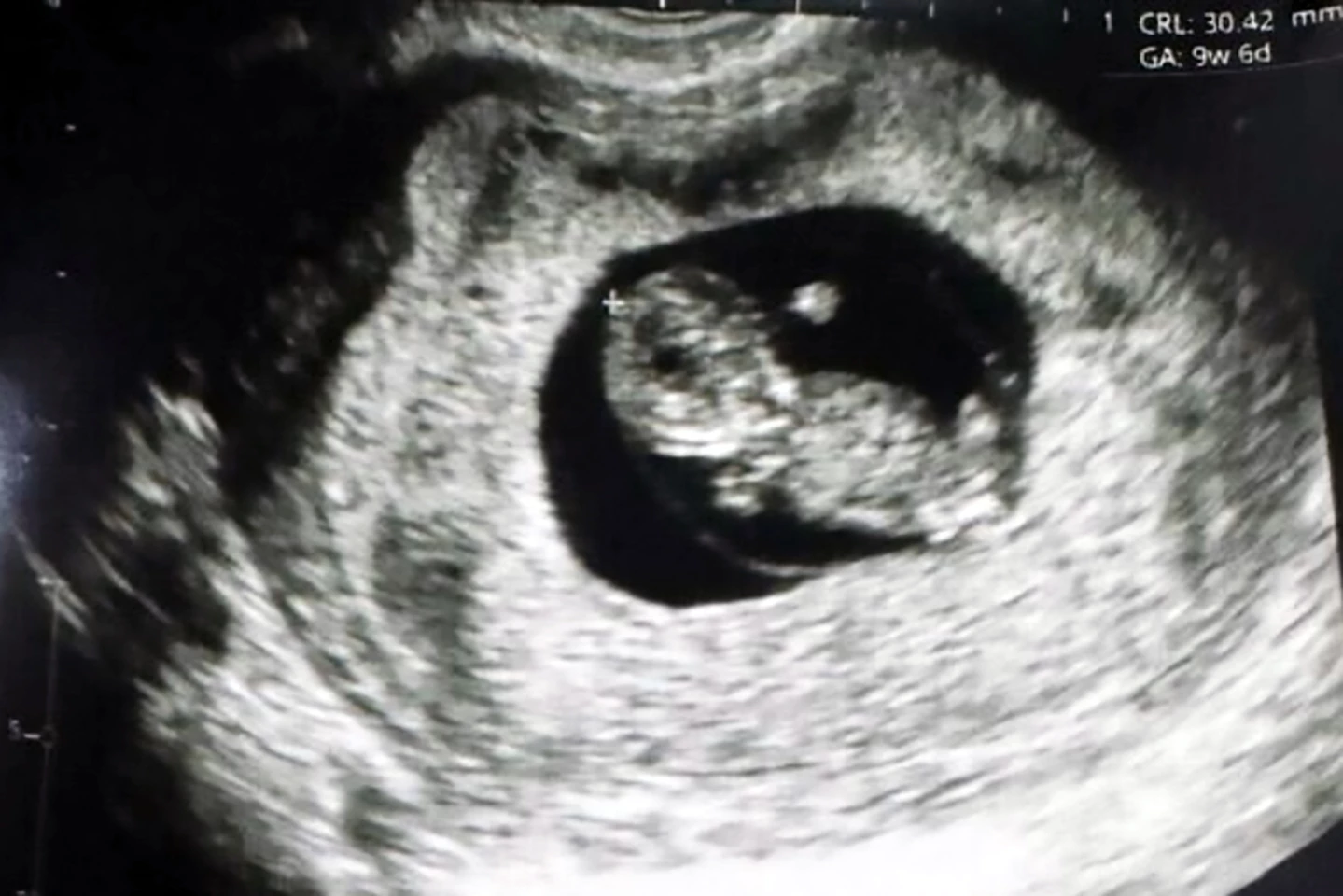An innovative fertility technology using stem cells to help an embryo mature outside the body has resulted in the world’s first live human birth. Gameto, the company that developed the approach, says it’s faster, safer and more accessible than conventional IVF.
Since the birth of the world’s first ‘test tube baby’ in 1978, in vitro fertilization (IVF) has helped millions of people worldwide overcome fertility issues and become parents. But while the procedure is designed to deliver a bundle – or bundles – of joy into the world, it’s not without some downsides.
A new fertility technique developed by Gameto, a female-led biotech company dedicated to advancing women’s reproductive health, provides an alternative to traditional IVF and, the company says, it has fewer drawbacks. What’s more, the first live human baby conceived by the technique - which is called Fertilo - was recently born.
“We are delighted to celebrate the world’s first live birth conceived using Fertilo,” said Dr Dina Radenkovic, Gameto’s CEO and co-founder. “By overcoming the major challenges of conventional IVF, such as long treatment cycles, significant side effects, and the emotional and physical strain, Fertilo provides a potentially faster, safer, and more accessible solution for families. This milestone marks a turning point in reproductive health and highlights the first application of iPSC [induced pluripotent stem cell] technology in IVF and the immense potential of our technology.”
In conventional IVF, mature eggs are collected from ovaries and fertilized by sperm in a laboratory. After spending around five days in a protected lab environment, the fertilized egg (embryo) is transferred into the uterus in hopes that pregnancy will occur. But that’s really the end part of the process. Prior to egg collection, the ovaries are stimulated to produce more eggs than usual through the administration of one or two hormone injections a day, sometimes up to 90 shots per treatment cycle. A full cycle of IVF takes about two-to-three weeks.
There are some downsides to IVF. As with most things in life, there are no guarantees; IVF does not guarantee a baby. There’s a risk of multiple pregnancies, which carries its own risks. Additionally, the required hormone injections can cause ovarian hyperstimulation syndrome, where the ovaries become swollen and painful. There’s the physical and emotional stress that couples go through that’s associated with regular check-ups, injections, and the constant question, ‘Am I pregnant?’ Then, of course, there’s the cost.
In the US, it's estimated that the average base cost of one IVF cycle falls somewhere between US$14,000 and $20,000. In Australia, the publicly funded health insurance scheme (Medicare) covers part of the cost per calendar year, making the out-of-pocket cost for one cycle a little over US$3,800 (AUD$6,000). A subsequent cycle in the same calendar year carries an out-of-pocket cost of around AUD$5,300.

The Fertilo procedure differs from traditional IVF because it takes ovarian support cells (OSCs) derived from human induced pluripotent stem cells (iPSCs) and co-cultures them with an immature egg to mimic the natural egg maturation process in the lab. A 2023 study showed that this method significantly improved egg maturation and embryo formation. Gameto says the Fertilo procedure avoids 80% of the hormone injections that traditional IVF requires and reduces the duration of a treatment cycle to three days.
“The ability to mature eggs outside the body within minimal hormonal intervention signficiantly reduces risks such as ovarian hyperstimulation syndrome and alleviates the side effects caused by high hormone doses,” said Dr Luis Guzmán, the lead at Pranor Laboratories, Peru, who oversaw the Fertilo procedure that resulted in the first live birth. “Fertilo is a major advancement for women who cannot tolerate or do not want to undergo the burden of the traditional IVF protocol, bringing hope and new possibilities to a broader patient population.”
The mother of the world’s first 'Fertilo baby,' born in the Santa Isabel Clinic in Lima, Peru, couldn’t be happier.
“The Fertilo method was the preferred option compared to traditional approaches,” she said. “With fewer injections and a gentler, less invasive egg retrieval process, it gave me hope and reassurance during a deeply personal journey. Fertilo’s innovative approach made the physical experience easier and also lightened the emotional burden of many hormone injections. I am profoundly grateful to the Pranor Clinic and the Gameto team for their care and dedication in making my dream of having a family a reality.”
Only last week, Gameto announced that it had partnered with the Australia-based IVF clinic chain IVFAustralia (IVFA), making the Fertilo approach available to patients at select clinics throughout the country. That means that Gameto has regulatory clearance for Fertilo in Australia, Japan, Argentina, Paraguay, Mexico and Peru. The US may be next, with the company preparing for Phase 3 trials there.
Source: Gameto via Business Wire






